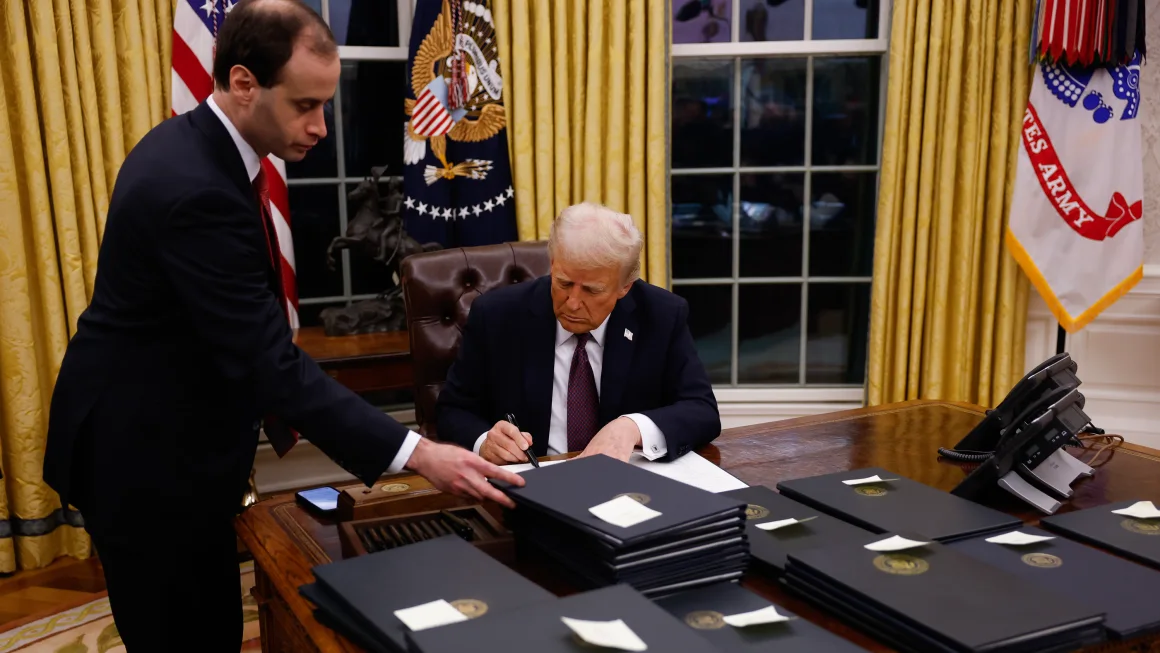The Department of Education is tasked with the responsibility of enhancing education systems across the nation. The department is also responsible for federal funding, as well as ensuring everyone has access to a good education. However, on March 20, 2025, the Trump administration signed an executive order detailing plans to begin dismantling the Department of Education. The idea behind the order was to restore some more power back to the states and cut some federal expenses. As Linda Mcmahon, the secretary of education, claims, “We are sending education back to the states, where it rightly belongs.” However, with this new development in mind, questions about the future of education in the U.S. have arisen.
One of the first things assumed to be affected is Title I. Title I is the program that provides funding for schools with a high percentage of students in low-income communities. The program is meant to ensure students have equal access to a great education. Title I not only provides funding to help the school run, but also helps provide specialists and behavioral support to schools. Many local Indianapolis schools currently qualify for Title I funding. Two schools that do benefit from Title I include Herron High School, and Shortridge High School. However through these new policies, there may be severe reductions in these Title I benefits. This not only has the ability to broaden the educational achievement gap, but also to cut both teacher and specialist jobs. The amount of jobs laid off could lead to larger class sizes. Along with this, schools may feel the need to cut programs related to the arts, theatre, and sports.
Schools will also have a decrease in resources and protections for certain groups of students. For instance, special education programs and protections will be weakened, and the amount of availability will vary across states. This is due to loss of federal oversight on these programs. Without this oversight, civil rights issues within education may also surface. The department currently ensures that there are no instances of segregation or discrimination within classrooms. This is done through thorough investigations. The department also handles any complaints regarding gender and sexual identity injustice. Without these investigations, prejudice and bullying may go unaddressed. Student Nutrition programs could also be affected by the cut. This includes free/reduced lunch programs. Tutoring and enrichment programs may also see a decrease in relation to the order.
Rising seniors who are in need of financial assistance for school, also may face disruptions in gaining financial aid. It is uncertain how grants will be administered to students. The process could become more complicated, and unclear. Without the department, there could also be delays in receiving financial aid. Challenges in administering the grants fairly and equally may also arise. However, gaining aid is still very possible! Both Federal work-study and grants are appropriated by Congress. This means a law has been passed that allows money to be used for this purpose!
Overall, as attempts to dismantle the Department of Education move forward both students and educators alike may be affected. Depending on how states proceed, the future of education and education access will likely change in the years approaching.







